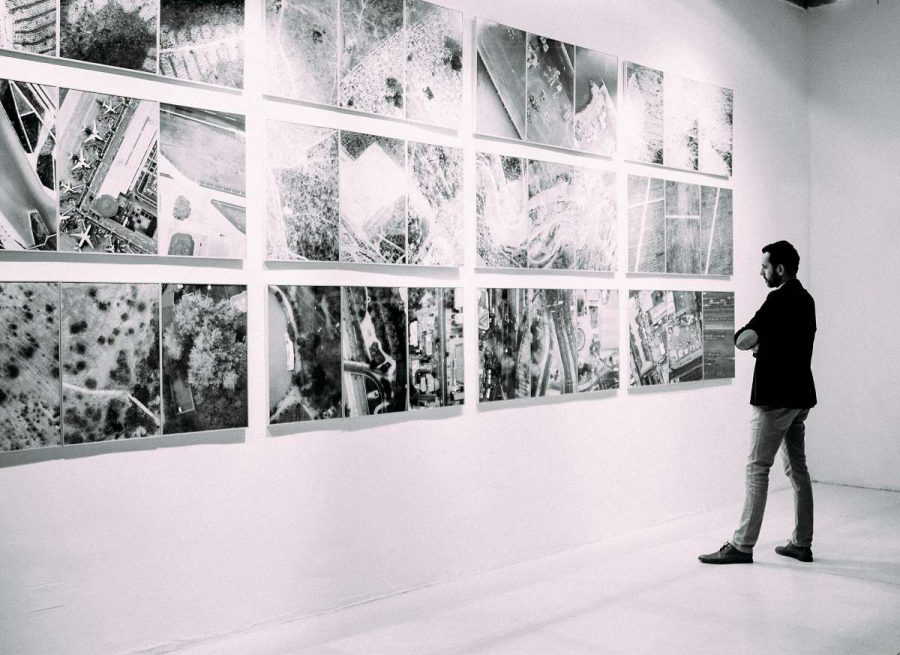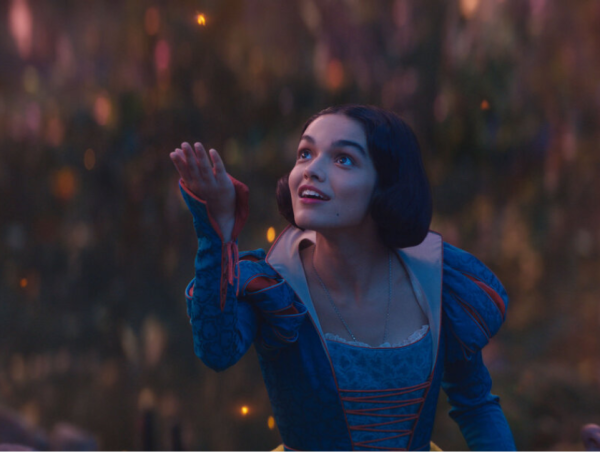Should Different Interpretations of Art be Allowed?
Art is the most fundamental form of expression that human beings use to convey what they feel and think. Not only is art a way for artists to communicate their message, it is a conversation that involves the artist as well as the audience. Despite the common view that in this conversation there is only one speaker, that being the artist, art is often presented in a way that allows it to be interpreted in many ways that involve the input of the audience. Some works of art might have a specific, concrete meaning in which case there is no ambiguity to create new interpretations. However, in most cases, an art does not have an objectively true and direct meaning and therefore, the artist should allow their audience to interpret their artwork however they want.
The 1968 classic film “2001: A Space Odyssey” is a perfect example of audience input and interpretation being essential in the overall consumption of the art piece. Regarded as one of the greatest films ever made, “2001: A Space Odyssey” follows an unconventional structure and style compared to most other films. The film explores many existential themes surrounding humanity, alien life, space travel and artificial intelligence, but does so using minimal dialogue and instead relies on silent visual storytelling that features astounding cinematography and groundbreaking visual effects. Most importantly, in many of the film’s scenes, the meaning is left ambiguous, which has caused many debates and discussions about the overall message and tone of the film. Stanley Kubrick, the director himself : “You’re free to speculate as you wish about the philosophical and allegorical meaning of the film—and such speculation is one indication that it has succeeded in gripping the audience at a deep level—but I don’t want to spell out a verbal road map for 2001 that every viewer will feel obligated to pursue or else fear he’s missed the point.” This argument precisely encapsulates why artists should allow the audience to explore different interpretations on their own. If the artwork is well-crafted and thoughtfully made, then the message conveyed need not be dictated by the artist; rather, the audience should be allowed to think hard and derive different messages from the art.
Not only is it logical for an artist to allow different interpretations of art, it can actually be enjoyable and beneficial for the audience to try and find their own meaning and interpretation. All artists come up with their ideas and stories based on all the artworks they’ve experienced in their life, which forms their understanding of the world and their identity as creators. So when interpreting someone else’s art, one could be creatively inspired by what they experience, and could use this inspiration to incorporate similar ideas into their own new art. Letting the audience explore new interpretations is much more fun and creative because it allows them to connect their own unique perspective and identity with the art, which wouldn’t be possible if they considered the artist’s original idea as the only valid interpretation.
One notable example of such a variety of interpretations is the song “Every Breath You Take” by The Police. Some think of it as a dark and sinister song about a stalker, while others feel it is about a gentle lover expressing their feelings. The two theories might sound very conflicting, but the lyrics are quite ambiguous, so the difference in interpretations is obvious:
“Every breath you take,
Every move you make,
Every bond you break,
Every step you take,
I’ll be watching you…”
Of course, the artist’s intention and purpose behind making the art is not totally insignificant. The context of when, where, and how the art was made should not be ignored when understanding its meaning. However, while the context behind the art should be considered, the artist’s original interpretation and intention should not restrict and dictate how the audience perceives the art. This is especially true with art that is quite antiquated and dated, like medieval paintings and 19th century literature, since the modern audience will naturally perceive the art through a completely different lens than the artist would’ve imagined. Furthermore, the audience shouldn’t have to treat the artist as the ultimate authority; if they do so, the analysis and meaning of art would just become about listening to a powerful voice rather than allowing for a variety of different voices.
Ultimately what any artist hopes to do is to spark new thoughts in people’s minds and start new conversations between people, which only comes from allowing different interpretations. The input of the audience adds onto, rather than subtracts, from the value of art.







